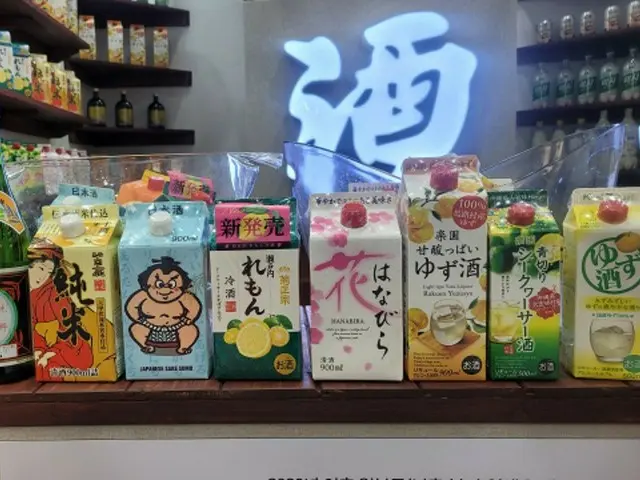Japanese alcoholic beverages, which were once popular, are making a ``resurgence'' due to the weak yen and the rapid increase in travel to Japan. In particular, as sales of salmon, a traditional Japanese alcoholic drink, are rapidly increasing, the convenience store industry is actively expanding its product lineup.
Ru. At the South Korean convenience store “GS25,” the growth rate of Japanese salmon in the past three months (November 2023 to January 2024) was 252.1%, more than three times the previous year.
Recorded sales. GS25 expanded the number of salmon products it handles from 24 species at the end of 2021 to 120 species at the end of last year.
Convenience store ``CU'' also saw a sharp increase in sales of ``sake.'' Boycott and COVID-19
The year-on-year growth rate of salmon, which had been decreasing due to the impact of the virus infection, is continuing to grow, rapidly increasing to 1,285.6% in 2022.
“While alcoholic beverage culture is changing beyond whiskey to include highballs,
Analysis shows that Japanese-style alcohol culture, such as salmon and sour drinks, is spreading, especially among people born between the 1980s and 2000s.''
In this atmosphere, sake imports have recovered to the 5,000-ton level for the first time in five years. Import
The amount received hit a new record high of $24,753,000 (approximately 3.7 billion yen). The year after the boycott movement (2020), the amount of sake imported sharply decreased by 43% compared to the previous year to 2,378 tons.
After that, it continues to increase. In addition to the COVID-19 endemic, the weak yen, the easing of anti-Japanese sentiment, and the rapid increase in travel to Japan have led to an increase in consumers' experience of local food, leading to a strong preference for Japanese foods.
I think it's dead.
2024/02/21 15:45 KST
Copyrights(C) Herald wowkorea.jp 96

